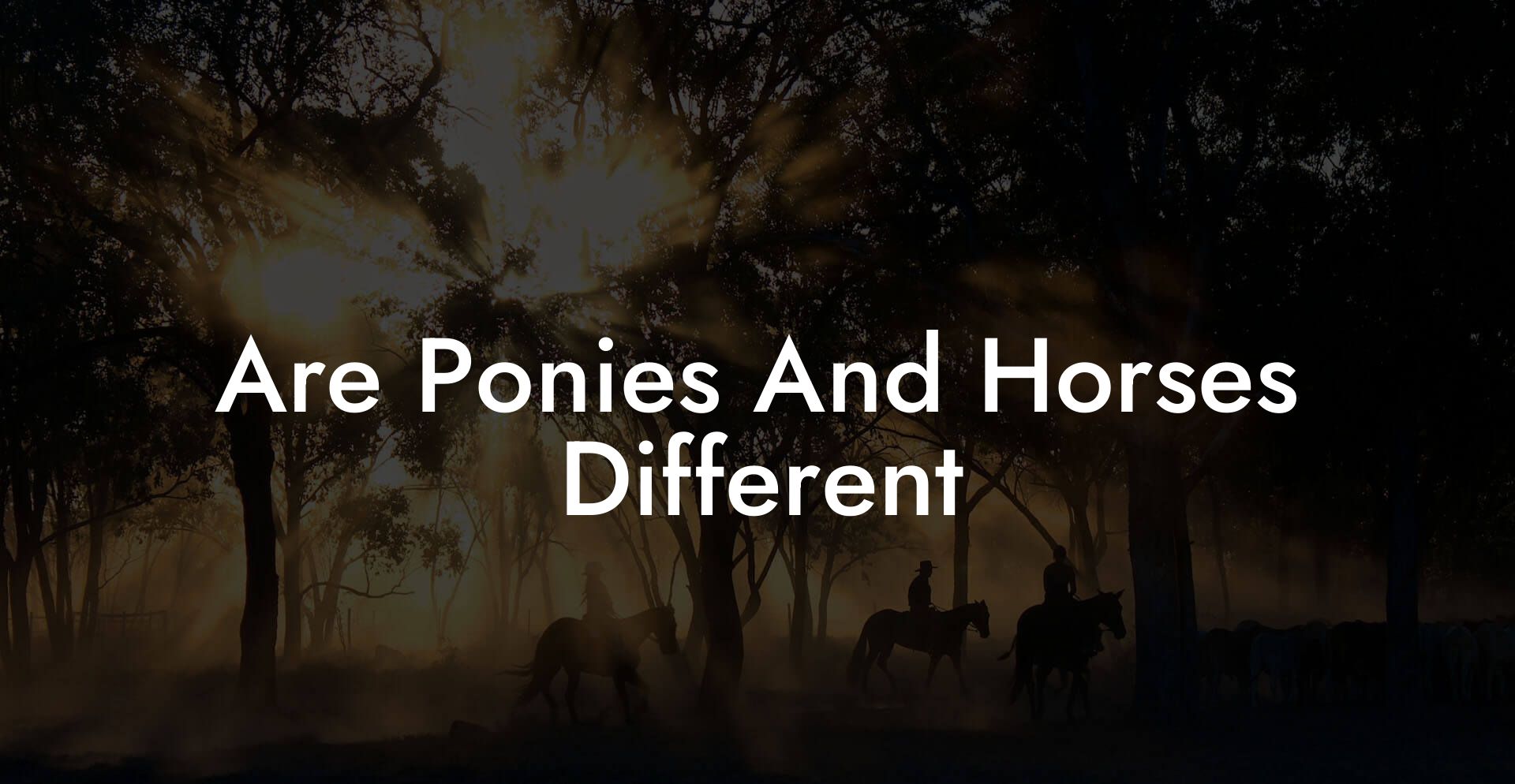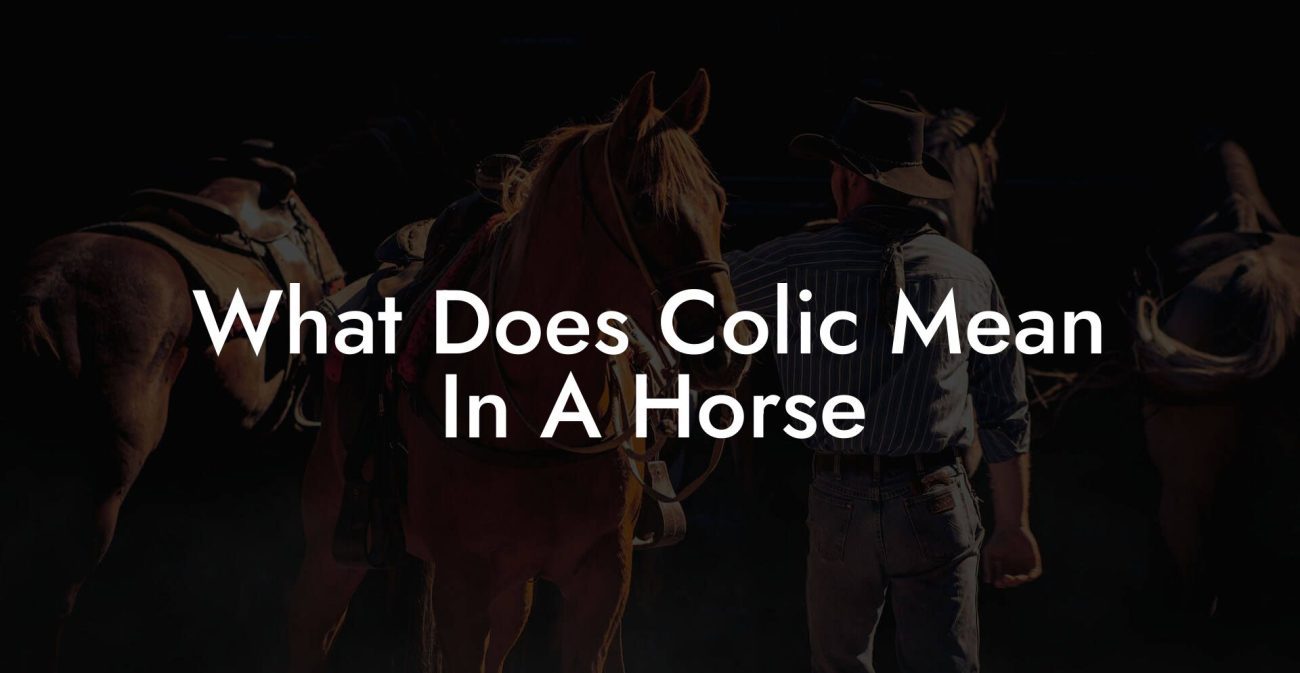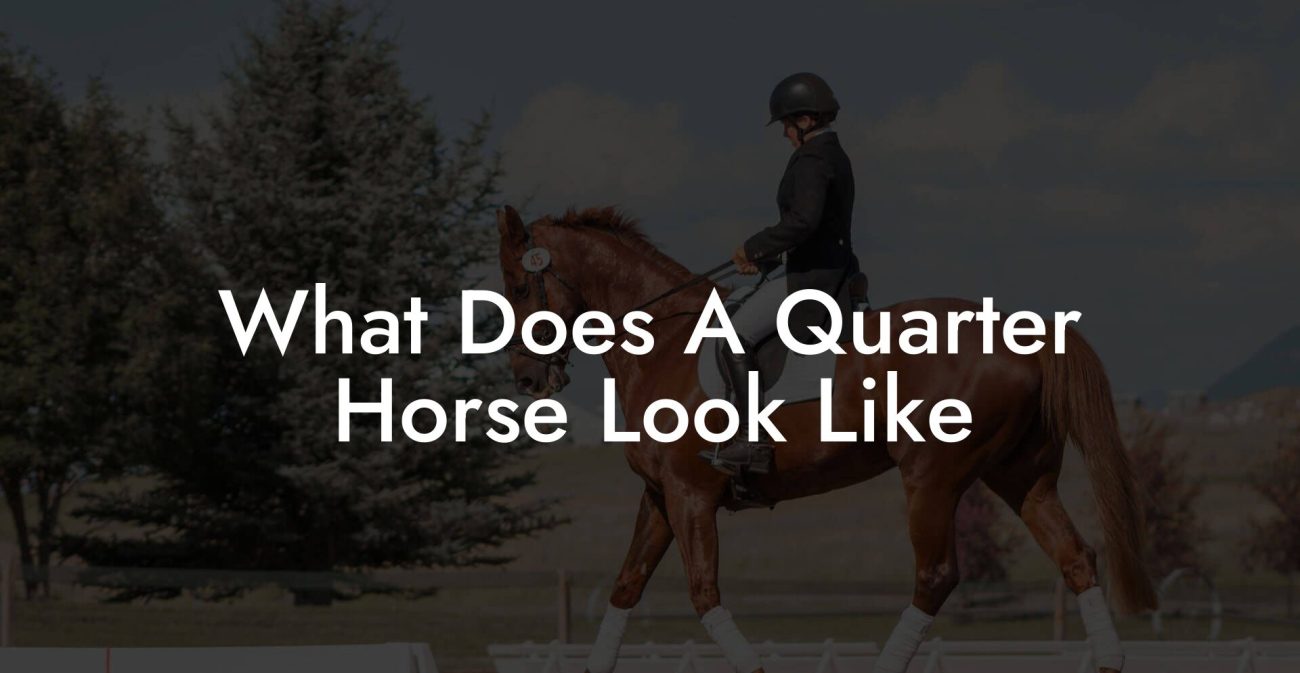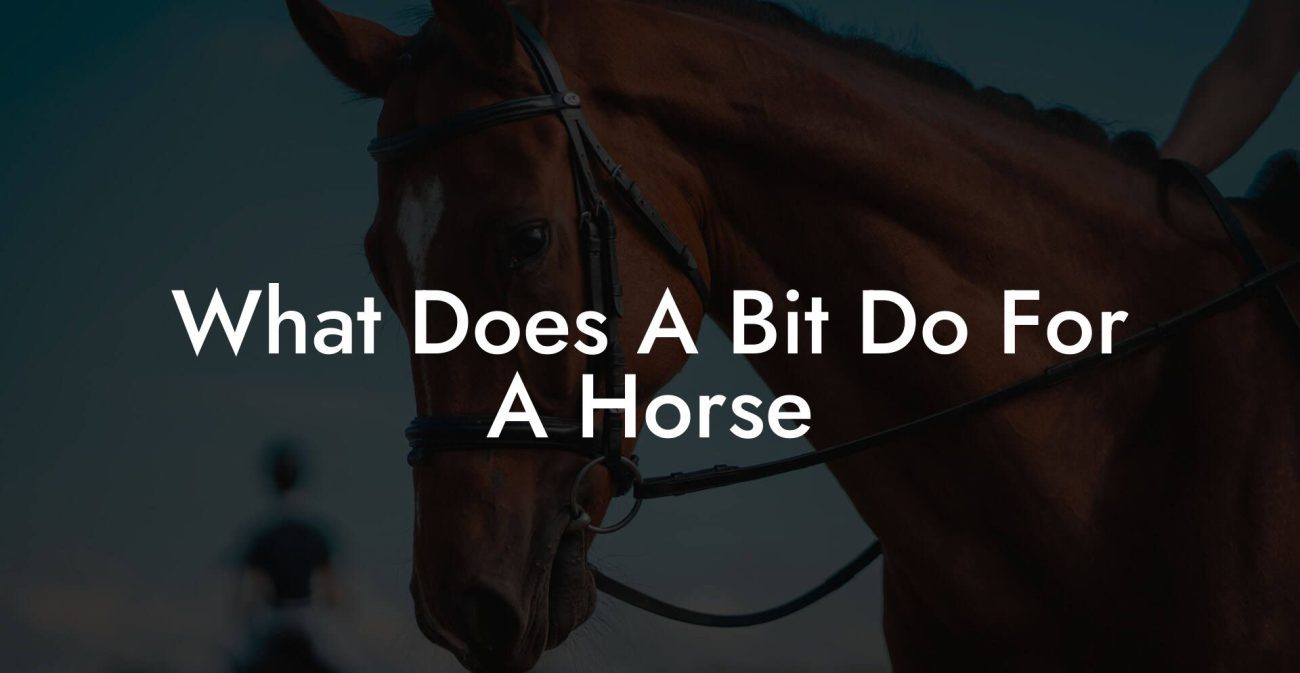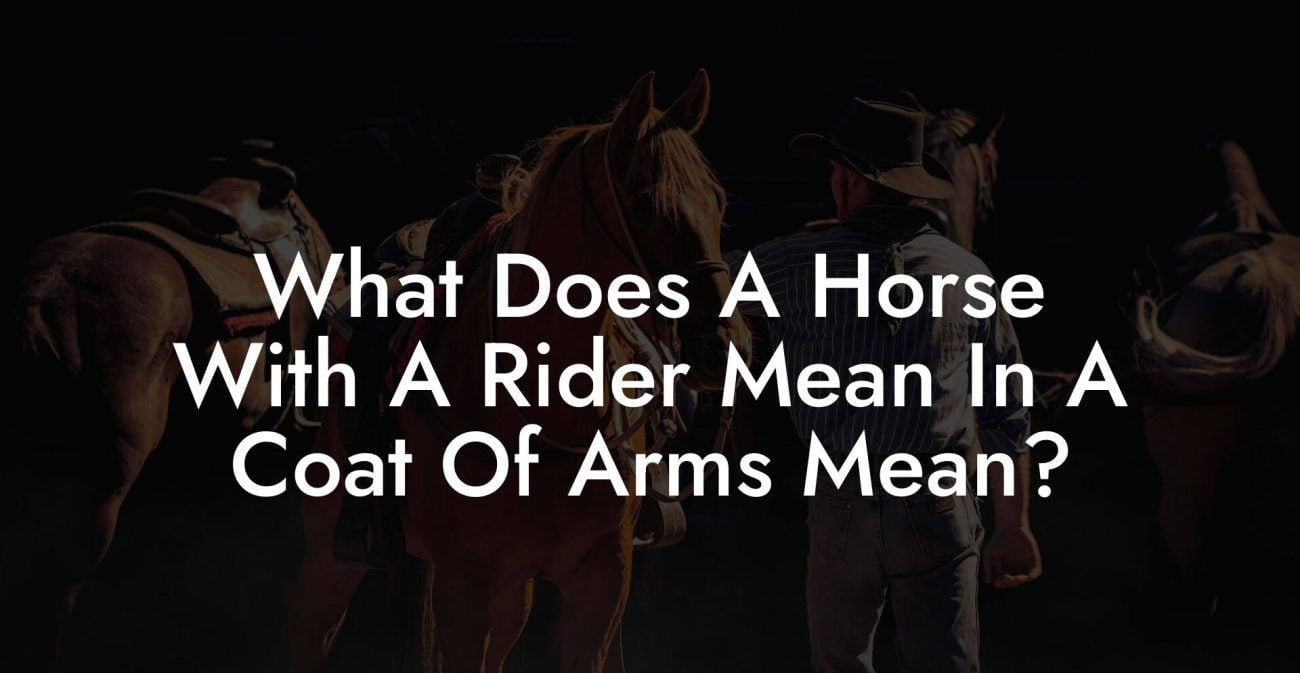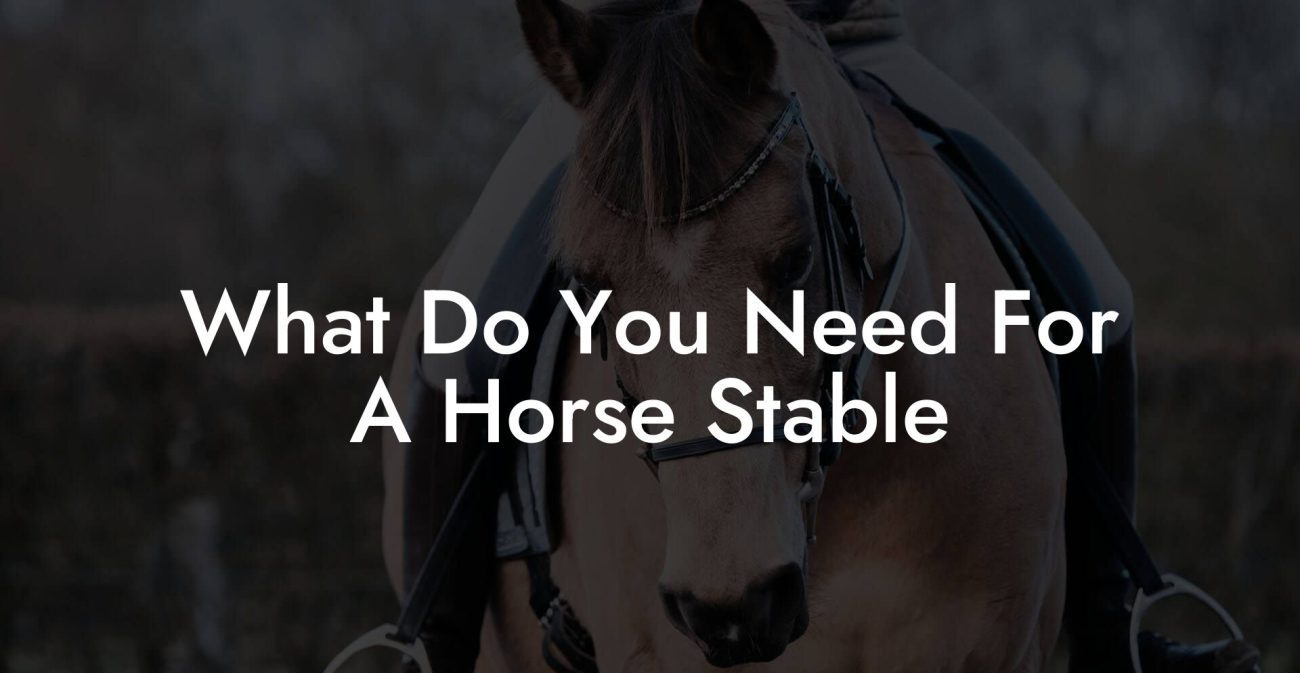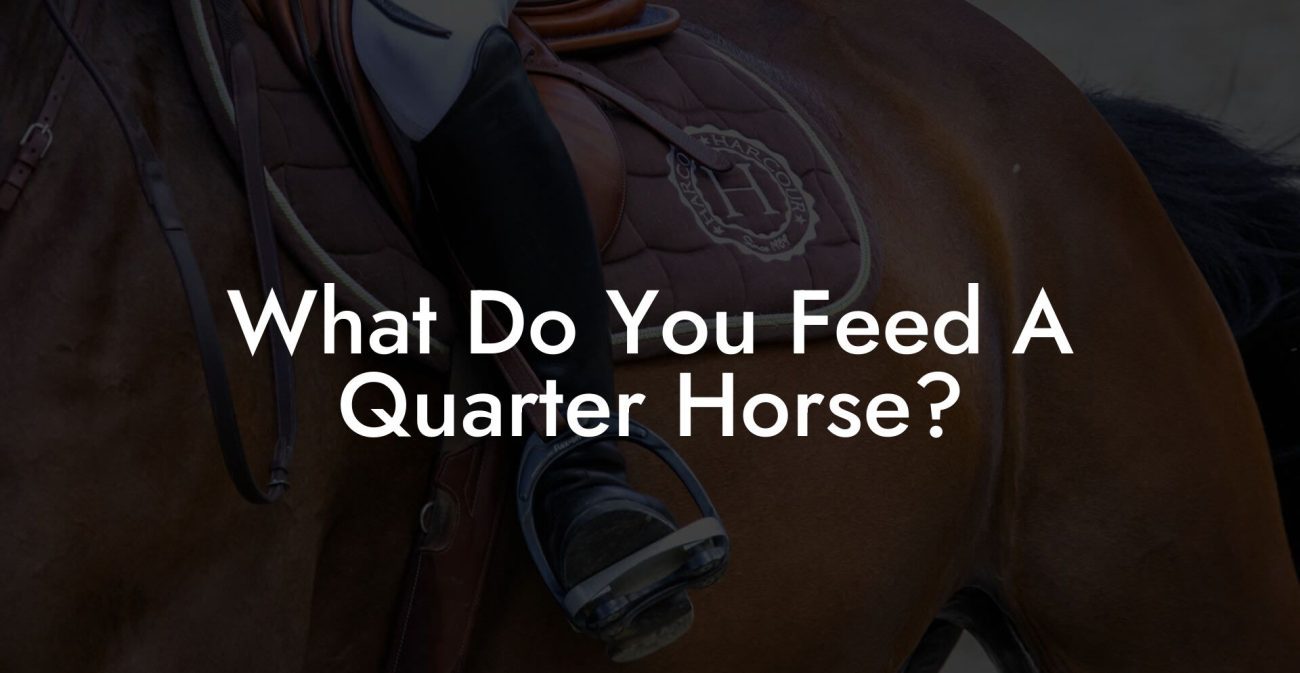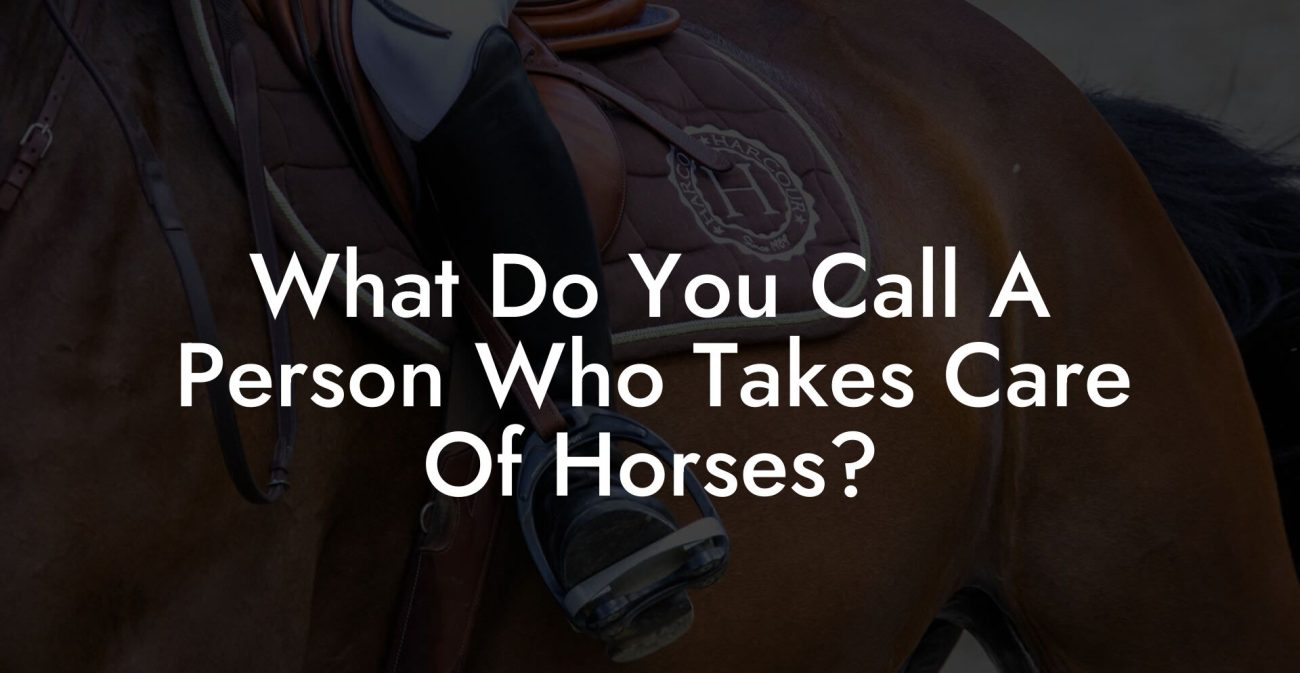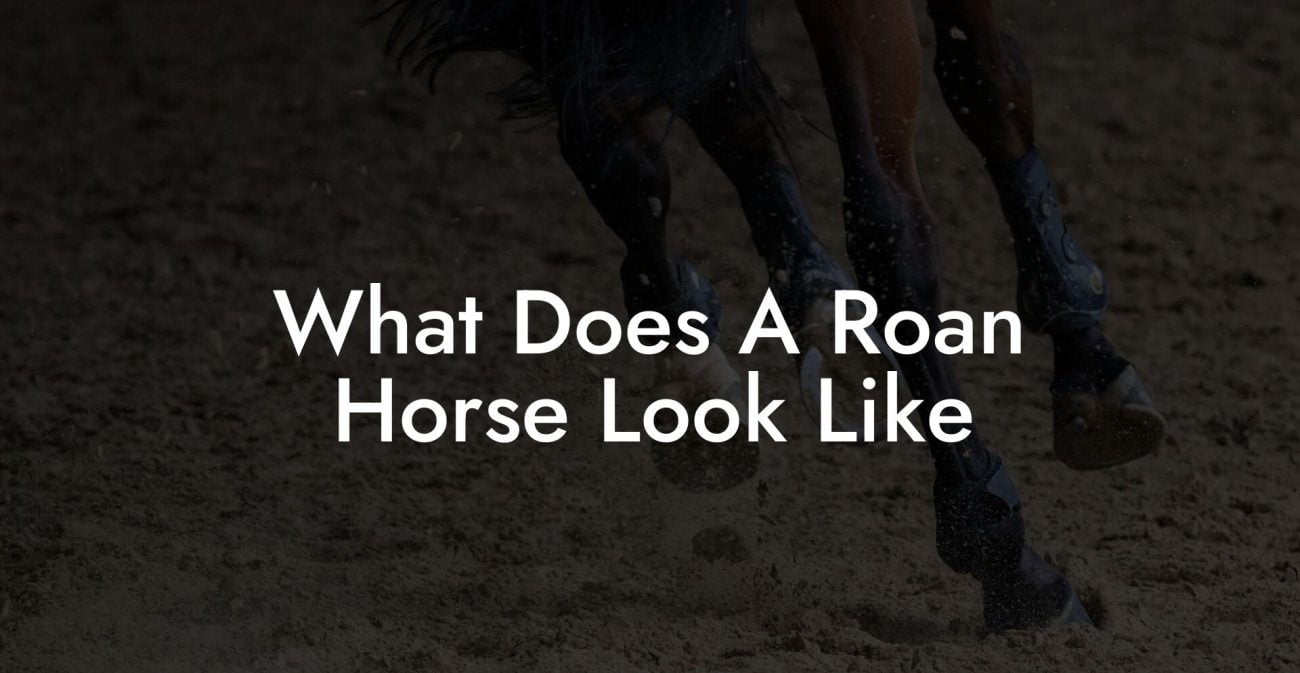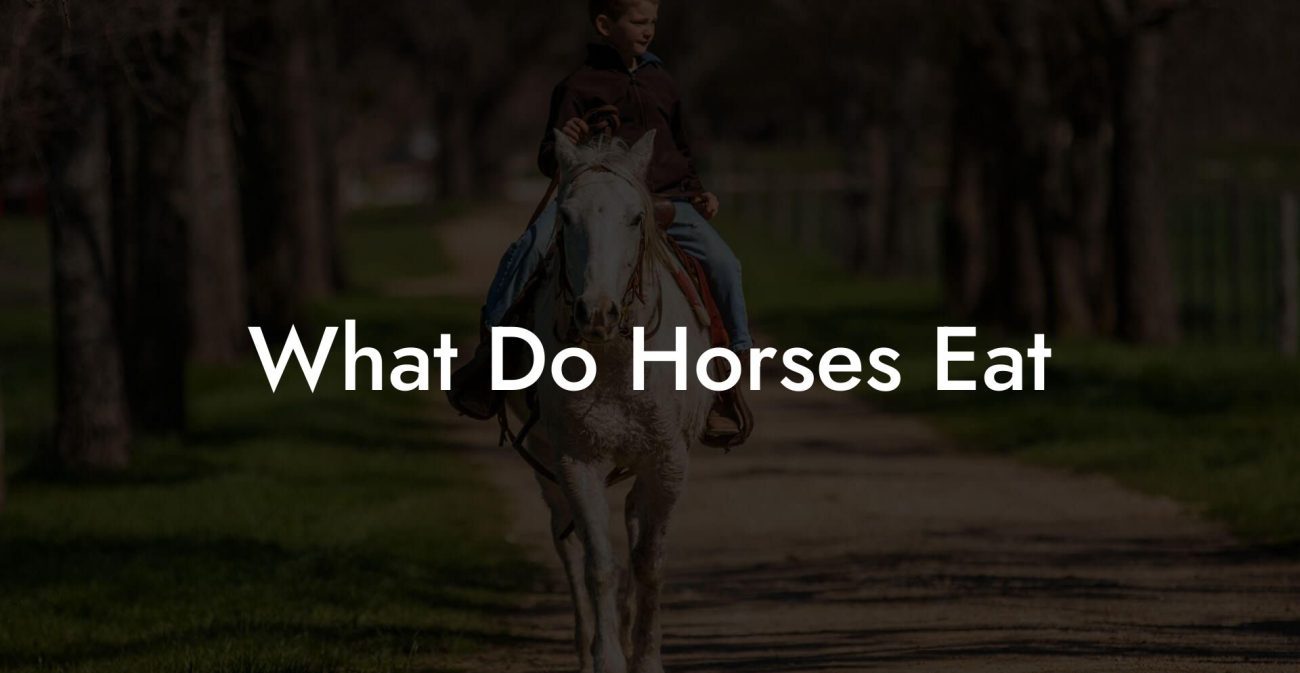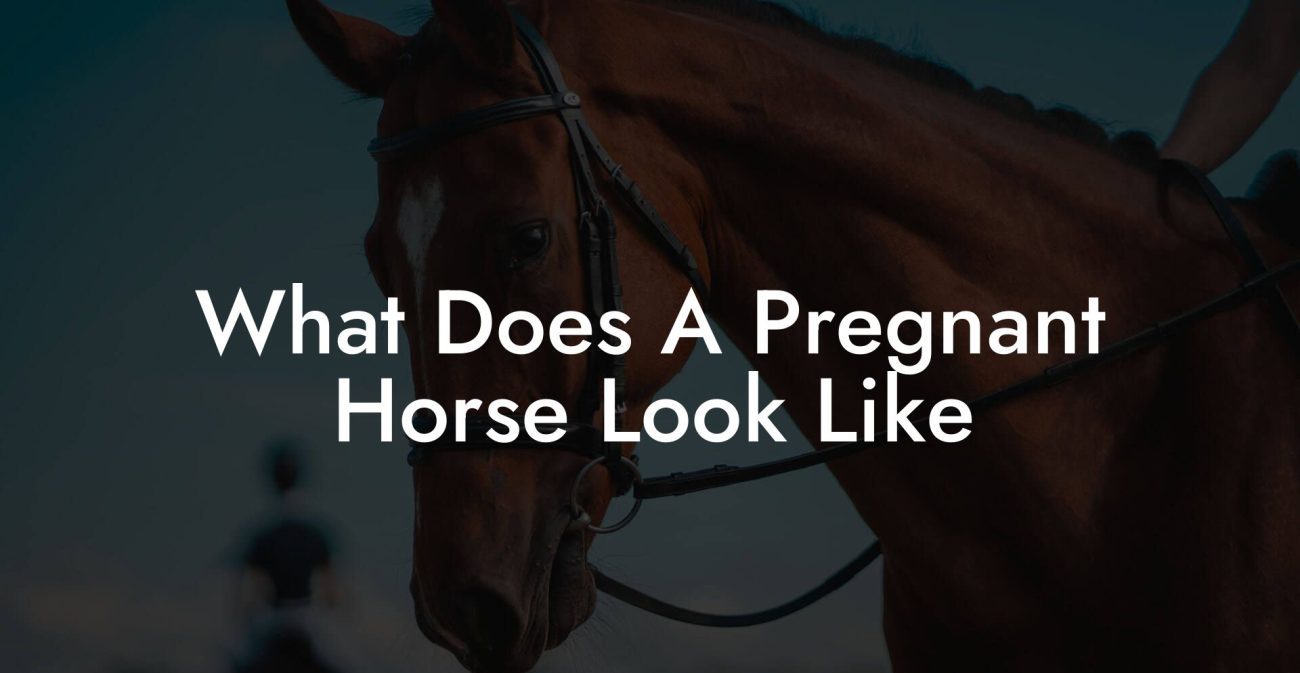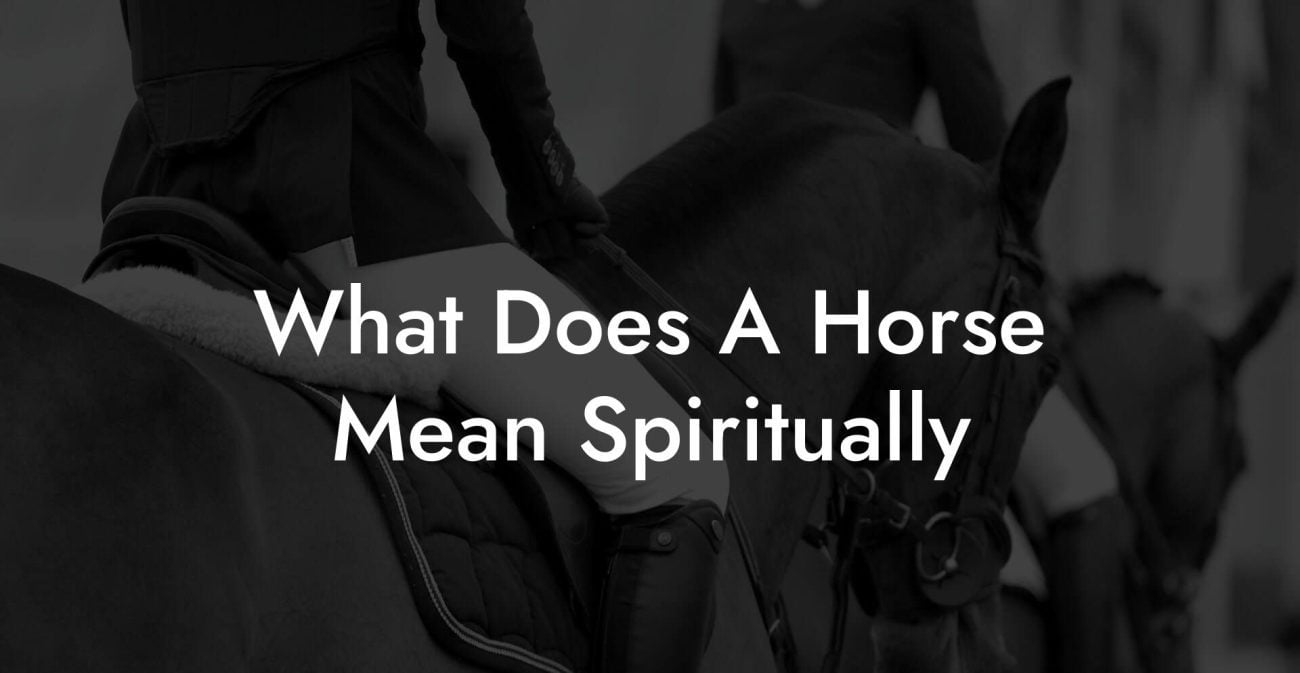Ever wondered if the pint-sized charm of a pony is just a miniature version of a full-grown horse or if there's so much more to the story? Whether you’re scrolling through your feed looking for fun equine facts or planning to dive into horse care for the first time, the differences between ponies and horses are as fascinating as they are essential to understand. Let’s gallop through everything you need to know, packed with surprising history, quirky facts, and all the pointers Gen-Z and millennials alike crave when it comes to taking care of your equine friend.
Quick Links to Useful Sections
- The Anatomy of Equine Distinction: More Than Just Size
- Historical Hooves and Modern Mane Insights
- Breed Breakdown: Pony versus Horse, What Sets Them Apart?
- Physical Characteristics
- Behavioral Traits
- Nutrition and Diet: Different Plates for Different Palates
- Key Nutritional Guidelines for Ponies
- Feeding Schedule and Hydration
- Exercise and Activity: Riding the Right Rhythm
- Best Practices for Pony Exercise
- Grooming and Health Maintenance: Keeping Your Equine Shining
- The Grooming Toolbox
- Health Checks and Vet Visits
- Behavioral Nuances: Personality, Communication, and Bonding
- Housing and stable Management: Tailoring Your Space for Equine Comfort
- Interactive Training and Socialization: Learning Through Play and Partnership
- Understanding Common Myths: Debunking Equine Misconceptions
- Case Studies: Real-World Tales from the Stable
- Case Study 1: The Mischievous Mini Pony Phenomenon
- Case Study 2: The Elegant Thoroughbred Transformation
- Case Study 3: A Community’s Journey to Better Equine Health
- Resources and Community Support: Your Next Steps
- The Interconnected World of Equine Care: A Lifestyle, Not Just a Hobby
- FAQs: Demystifying the Pony and Horse Debate
- Your Path Forward in the World of Equine Care
The Anatomy of Equine Distinction: More Than Just Size
At first glance, ponies and horses might seem like nothing more than different sizes of the same species, but their differences run deep, beyond the obvious height distinction. Scientifically speaking, all equines belong to the same species (Equus ferus caballus), yet ponies have unique anatomical, metabolic, and even behavioral traits that set them apart from their taller cousins.
One of the most notable anatomical differences is the body proportions. Ponies have thicker manes, shorter legs, and a more robust build with a compact frame. Their bone structure tends to be denser and more resilient, making them remarkably hardy. Experts explain that these traits were honed by centuries of adaptation to harsher climates and rougher terrains.
In contrast, horses are built for speed and endurance. Their long, slender legs and leaner bodies are ideal for racing and long-distance riding. However, these differences mean that the care techniques, ranging from grooming and nutrition to exercise regimes, should be tailored specifically whether you’re looking at equine care tips for a horse or a pony.
Historical Hooves and Modern Mane Insights
Digging into history, the evolution of ponies and horses offers an epic tale of natural selection, human intervention, and environmental challenges. Ancient civilizations often valued ponies for their sure-footedness in mountainous or harsh environments, while horses became synonymous with speed, power, and cavalry might.
Archeological findings reveal that early equines adapted differently based on their region. In colder climates or rough terrains, smaller, sturdier ponies thrived, developing unique traits like a thicker coat to tackle frigid winds and a sturdy build that could handle rocky ground. Meanwhile, horses in more temperate or open terrains honed their agility and speed, attributes that became invaluable in battlefields and transport.
Fast forward to modern times, and these historical differences influence how we care for them today. Understanding the background of your equine friend can inform choices in diet, exercise, and even shelter design. Knowledge of evolutionary trends not only enriches your perspective but also guides proper equine health practices.
Breed Breakdown: Pony versus Horse, What Sets Them Apart?
When it comes to breed characteristics, the saying “size matters” barely scratches the surface of what differentiates ponies from horses. Every breed comes with its own personality, care needs, and quirks, each as unique as your favorite meme.
Physical Characteristics
The most apparent difference is height: ponies typically measure under 14.2 hands (58 inches) at the withers, whereas horses are taller. But there’s more:
- Bone Structure: Ponies have a sturdier and denser bone structure, which makes them less prone to fractures but more susceptible to obesity if overfed.
- Body Proportions: With shorter legs and a more robust frame, ponies are well-suited for rugged conditions. Horses, on the other hand, have longer limbs that allow for swift movement, making them perfect for racing and competitive sports.
- Coat and Mane: Ponies are known for their thick, often wind-swept manes and lush tails, while horses sport sleeker manes that add to their look of elegance.
Behavioral Traits
Personality differences, even if subtle, play a significant role in how these animals are cared for. Ponies tend to have big, bright, and sometimes stubborn personalities. Their cleverness and independence mean that they might require a different approach when it comes to training and bonding. Many pony owners report a playful yet determined nature, characteristics that make tutoring them into well-behaved riding partners a fun challenge.
Horses, by contrast, often exhibit more docile and graceful behavior. Their innate instinct for forming strong attachments and following subtle cues has historically made them the preferred choice for disciplines like dressage and show jumping. The differences in demeanor mean that training methods and rider communication should be adjusted accordingly.
Nutrition and Diet: Different Plates for Different Palates
Feeding your equine pal isn’t as simple as tossing around hay and oats, it’s a delicate balance that shifts depending on whether you’re nurturing a pony or a horse. Their unique metabolisms mean that what works for one might have adverse effects on the other.
Ponies, with their more efficient metabolism, are predisposed to metabolic syndrome if overfed. This condition, which can lead to laminitis (a painful hoof inflammation), makes it critical to monitor their calorie intake. Experts recommend a diet low in sugars and starches, focusing on high-fiber forages that fuel their day-to-day energy without the risk of obesity.
Key Nutritional Guidelines for Ponies
- Forage First: High-quality hay or pasture should be the mainstay of their diet. Avoid overfeeding grain because ponies convert calories more efficiently than horses.
- Supplements: Consider supplements with omega-3 fatty acids, vitamins, and minerals to support their dense coat and overall health. Always consult with your vet before making any changes.
- Portion Control: Mindful feeding and portion control can prevent weight gain and keep your pony feeling spry without risking metabolic health.
Horses generally have a higher caloric requirement, particularly those that are very active or in training. A balanced mix of forage with carefully measured grain can help maintain their energy levels, muscle tone, and overall stamina. However, the pillar of good horse care is understanding that every horse is unique, personalizing their diet, like customizing a playlist, sets the tone for their vibrant health.
Feeding Schedule and Hydration
Both ponies and horses need consistent feeding schedules. Split meals into smaller, regular portions to prevent digestive issues like colic. Hydration is equally critical, always have fresh water available. Palatable water sources and even the occasional flavored water (yes, even horses appreciate a twist now and then) help keep these majestic creatures keeping cool in the summer and warm in the winter.
Exercise and Activity: Riding the Right Rhythm
When it comes to keeping an equine in peak condition, be it the playful pony or the speedy horse, exercise is key. But remember, the differences in their anatomy and temperament call for tailored workout regimes that respect their natural strengths.
Ponies, with their stockier builds, require regular low-impact exercise to maintain muscle tone and stave off weight gain. Their exercise routine might include leisurely trail rides, interactive play sessions, or even obstacle courses designed to challenge their brains as well as their bodies. A well-rounded schedule that mixes both physical and mental stimulation can ensure your pony remains alert, agile, and happy.
Best Practices for Pony Exercise
- Short, Frequent Rides: Ponies thrive on moderation. Shorter, frequent rides help keep them active without overexerting their compact bodies.
- Interactive Games: Incorporate fun games, like pole bending or even a gentle round pen session, to challenge their cognitive skills and improve coordination.
- Groundwork Training: Teaching them basic commands and trust exercises lays the groundwork for a solid bond and better responsiveness during rides.
Horses, however, often thrive on longer, more intense exercise sessions. Their training routines might involve a mix of long trail rides, jumping courses, or even competitive dressage and show jumping sessions. The focus here is not only on physical endurance and strength but also on developing a deep, trusting communication between the horse and rider.
In both cases, warming up and cooling down properly are essential practices. Stretching, light walking, and gradual increases in activity can prevent injuries and ensure that both muscle and joint health are maintained, keeping your equine companion galloping gracefully through every season.
Grooming and Health Maintenance: Keeping Your Equine Shining
Grooming is not just about keeping your pony or horse looking Instagram-ready; it’s an integral part of overall equine health. Whether it’s untangling a shaggy mane or meticulously cleaning hooves, grooming sessions are the perfect time to bond and check for signs of underlying issues.
The Grooming Toolbox
First off, investing in quality grooming tools is a must:
- Brushes and Combs: Soft brushes help remove loose hair and dust, while hard brushes work to clean the coat and stimulate the skin’s natural oils.
- Curry Combs: Use these to massage the skin and increase blood circulation, a simple pleasure that provides both physical and mental benefits.
- Hoof Pick: Regular hoof cleaning prevents debris buildup that might lead to infections, a crucial daily ritual for any equine owner.
Pampering your equine friend with a thorough grooming session is more than just cosmetic care. It also acts as an early diagnostic tool, alerting you to potential issues like skin irritations, injuries, or dental problems.
Health Checks and Vet Visits
Regular veterinary checkups are non-negotiable in both pony and horse care. Routine dental examinations, vaccinations, and deworming schedules ensure that your companion stays healthy and happy. When it comes to equine health, prevention is always better than cure.
Keep an eye on their weight, coat quality, and overall demeanor. These can be early indicators of health issues that might need professional attention. And remember, the more familiar you are with your equine’s normal behavior, the easier it becomes to spot when something is off.
Behavioral Nuances: Personality, Communication, and Bonding
Both ponies and horses exhibit a wide range of personality traits and behaviors that can often feel as unique as a viral TikTok trend. While these differences might seem subtle, they make a significant impact on training approaches, bonding, and day-to-day care.
Ponies are notorious for their spirited and occasionally sassy attitudes. Their independence pairs with a clever wit that sometimes borders on mischievous. Engaging with a pony requires plenty of patience, consistency, and a dash of humor, almost like trying to text your best friend who’s always one step ahead in emojis.
Horses, while often perceived as calmer and more reliable, also have their own quirks. Many are known for their intuitive nature and strong sensitivity to their surroundings, which makes them excellent partners in sports like dressage or show jumping. Communication plays a crucial role in developing a deep rapport, learning to read subtle cues, body language, and even the slightest shift in mood can foster an amazing, trust-filled relationship.
Whether you’re working with a spirited pony or a graceful horse, investing time in understanding their emotional cues and communication styles can transform routine care into a meaningful, rewarding experience.
Housing and stable Management: Tailoring Your Space for Equine Comfort
Your equine friend’s environment plays a huge role in their overall well-being. While the differences between ponies and horses are often reflected in their physical care, they extend into how you arrange their living spaces. A stable isn’t just a shelter, it’s a home, a playground, and sometimes even a social hub for your four-legged buddy.
When designing a stable or pasture area, size matters. Horses, being larger, require more space not only for exercise but also to prevent overcrowding, which can lead to stress and health issues. Adequate ventilation, a comfortable bedding, and secure fencing are non-negotiable elements to maintain their calm and safety.
Ponies, while smaller, still need thoughtfully designed spaces that promote activity and mental stimulation. Their sturdy and dynamic nature means that adding structures like obstacles, interactive toys, or varied terrain can keep them engaged, preventing boredom and ensuring they get enough exercise throughout the day.
Regardless of size, incorporating regular cleaning routines, proper waste management systems, and ample outdoor access will create a healthy and vibrant living environment, a place that supports both physical health and the playful spirit of your equine companion.
Interactive Training and Socialization: Learning Through Play and Partnership
Equine training and socialization aren’t just about discipline, they’re about building a partnership based on mutual respect, communication, and trust. Whether you’re teaching a pony new tricks or refining a horse’s performance in the arena, interactive training sessions can be both fun and rewarding.
A few tips for engaging training sessions include incorporating positive reinforcement techniques (treats, praise, and a high-five-like pat can go a long way), maintaining a consistent routine, and mixing up the activities to keep the sessions lively. After all, no one wants a training session that feels like a mundane chore, spice things up with creative drills and interactive play.
Additionally, facilitating social interactions, both with other equines and humans, can lead to better behavior and improved mental health. Group turnout time, cooperative tasks, and even equine-inspired games can enhance social bonds, making your stable a joyous community where each animal feels valued.
Understanding Common Myths: Debunking Equine Misconceptions
With the popularity of equine culture soaring on social media, numerous myths about ponies and horses have taken root. Busting these myths isn’t just fun, it’s essential for proper care and understanding.
Myth #1: "Ponies are just little horses." While technically true in taxonomy, ponies have distinct care needs, nutritional requirements, and even temperaments that are not simply scaled-down versions of horses.
Myth #2: "All horses make great family pets." Although horses can be incredibly gentle and affectionate, they require experienced owners who understand their needs. Their size, exercise requirements, and sensitive nature mean that they might not be the right fit for every family.
Myth #3: "Horse care is the same across the board." In truth, each breed, and indeed each animal, has its own quirks. From feeding schedules to grooming, a personalized approach is often the best route to ensuring that your equine friend receives the optimal care.
Debunking these myths helps empower horse and pony owners alike to make informed decisions tailored to each animal’s specific needs.
Case Studies: Real-World Tales from the Stable
Nothing brings a topic to life quite like real-world stories. Let’s trot through a few compelling case studies that highlight the practical differences in pony and horse care while showcasing the challenges and victories along the way.
Case Study 1: The Mischievous Mini Pony Phenomenon
When 12-year-old Bella first met her feisty miniature pony, Peanut, she expected a cute and cuddly creature. Little did she know that Peanut’s stubborn streak and spirited attitude would turn grooming and training sessions into full-blown comedy sketches. Bella learned that Peanut’s robust metabolism meant that a strict, low-sugar diet was necessary. Over time, integrating interactive training, puzzle games, and tailored nutrition helped Peanut thrive, proving that a little mischief mixed with proper care creates a bond that’s unbreakable.
Case Study 2: The Elegant Thoroughbred Transformation
Meet Maverick, a sleek thoroughbred with a passion for the race track. Once known for his high energy and occasional bouts of temperament, Maverick underwent a transformation when a dedicated team adjusted his diet, training schedule, and grooming regimen. With regular long rides, a balanced blend of grains and high-quality forage, and a specialized hoof care routine, Maverick transformed into a model of equine health, demonstrating that even the most spirited horses can find calm and excellence through personalized care.
Case Study 3: A Community’s Journey to Better Equine Health
In a small rural town, a group of young equine enthusiasts (yes, they’re the same Gen-Z and millennial crowd inspiring online trends) banded together to revamp their local stables. By organizing community workshops on everything from equine nutrition to interactive training techniques, they noticed an overall improvement in both pony and horse well-being. These sessions not only enhanced the animals’ health but also created a vibrant network of knowledge exchange, proving that combining modern techniques with community support is a game changer in equine care.
These stories prove that while ponies and horses might have their differences, with thoughtful care and a dash of humor, both can lead happy, healthy lives.
Resources and Community Support: Your Next Steps
Venturing into the world of equine care can seem daunting, but you’re not galloping solo. The internet is chock-full of resources, expert communities, and interactive forums that can provide everything from first-hand care tips to advice on niche topics like pony behavior management and equine nutrition innovations.
Look into trusted sources such as the American Association of Equine Practitioners (AAEP), local equestrian centers, and online communities on platforms like Reddit and Instagram where enthusiasts share memorable care routines and funny grooming mishaps. Many of these communities even offer webinars, Q&A sessions, and digital newsletters packed with the latest research, trends, and advice.
Don’t forget to explore hands-on workshops in your area, or enroll in online courses that dive deep into horse and pony care. With a little research and active community participation, you’ll build a solid knowledge base that will sharpen your care techniques and keep your equine companion in top shape, whether you’re managing a playful pony or an ambitious horse.
Your next step is simple: engage with the community, leverage the free resources at your fingertips, and set a plan into motion that prioritizes both your passion for equine care and the well-being of your animal friend.
The Interconnected World of Equine Care: A Lifestyle, Not Just a Hobby
At its heart, caring for ponies and horses isn’t merely about routine chores, it’s about embracing an entire lifestyle. This lifestyle is rooted in passion, continuous learning, and a deep appreciation for the natural world. Every grooming session, every tailored meal, and every creative training method adds a new chapter to the story of an animal’s life and your own growth as a caregiver.
Across countless farms, stables, and backyards worldwide, equine care bridges traditional wisdom with modern science. Whether you’re an aspiring equine influencer on social media or a dedicated caretaker launching a blog on horse care, the interconnected nature of equine well-being reminds us that every decision counts. From sustainable nutrition practices to eco-friendly barn management, there’s an opportunity to spread the love for nature while championing animal welfare.
The future of equine care is also increasingly digital, with apps designed to track health, growth, and training progress. Imagine monitoring your pony’s weight, exercise routines, and even mood through smart technology, blending your digital savvy with genuine care can propel you into the next era of equine nurturing.
So whether you’re recording your day-to-day care routines for your social media followers or simply cherishing quiet moments of bonding with your majestic companion, know that each choice you make contributes to an even larger ecosystem of responsible, compassionate equine care.
FAQs: Demystifying the Pony and Horse Debate
We know you’ve got questions, here are some of the most frequently asked ones about these majestic creatures and the intricacies of their care.
1. Are ponies just smaller horses?
While ponies and horses belong to the same species, ponies have distinct anatomical differences, a stockier build, and different metabolic needs. This means that although they might look like mini horses, their care requirements differ significantly.
2. How can I tell if my equine friend is a pony or a horse?
Height is the most obvious indicator, ponies typically stand under 14.2 hands high at the withers. Besides size, consider body shape, temperament, and coat characteristics, as ponies often have thicker manes and denser bone structures.
3. Do ponies have more dietary restrictions than horses?
Yes, ponies are more prone to metabolic issues like laminitis if overfed due to their efficient metabolism. They require a diet lower in sugars and starches compared to horses, which have higher caloric needs.
4. Are training methods the same for ponies and horses?
While there are similarities in training, ponies often benefit from shorter, more varied sessions due to their playful and sometimes stubborn nature. Horses, generally more docile, may thrive on longer, more methodical routines.
5. Can I use the same grooming techniques for both?
Many grooming techniques overlap; however, ponies’ thicker coats and smaller builds may require tailored approaches, especially when managing sensitive areas or ensuring their hooves are clean without overzealous care.
6. What are the best indicators of a healthy equine lifestyle?
Regular veterinary checkups, consistent exercise, a balanced diet, and a clean, comfortable living environment are key to maintaining excellent equine health, whether for a pony or a horse.
7. Where can I find reliable information on equine care?
Trusted sources include the American Association of Equine Practitioners (AAEP), equine care blogs, online communities, and local equestrian centers. These resources offer insights, expert advice, and community support.
8. How do behavioral differences impact daily care?
Understanding the unique behaviors of ponies and horses helps tailor training, exercise, and even social interactions. A spirited pony might need playful challenges and shorter sessions, while a calm horse may benefit from structured routines.
Your Path Forward in the World of Equine Care
The journey to mastering the art of equine care, whether for a playful pony or an elegant horse, is as exhilarating as it is rewarding. With a deep dive into their unique anatomies, historical backgrounds, nutritional needs, and the subtle nuances of their personalities, you’re now armed with knowledge that can transform how you interact with, care for, and celebrate these majestic animals.
Embrace the adventure of learning every facet of equine health and well-being. Whether you’re refining your grooming techniques, designing the perfect stable, or simply sharing laughs over quirky equine antics on social media, remember that every little piece of knowledge contributes to a larger tapestry of care.
Step into this transformative world with confidence and curiosity. Engage with communities, explore new care techniques, and trust that with every thoughtful decision, you’re making strides toward a life filled with joy, balance, and unparalleled equine companionship.
Your equine care journey isn’t just a hobby, it’s a lifestyle that taps into the timeless bond between humans and animals. So saddle up, dive in, and let the adventure shape you as much as it shapes your furry, four-legged friends.

